The essential guide to domestic flights in Thailand
How to save money and travel smarter across Thailand? Airlines, airports, and passenger rights explained
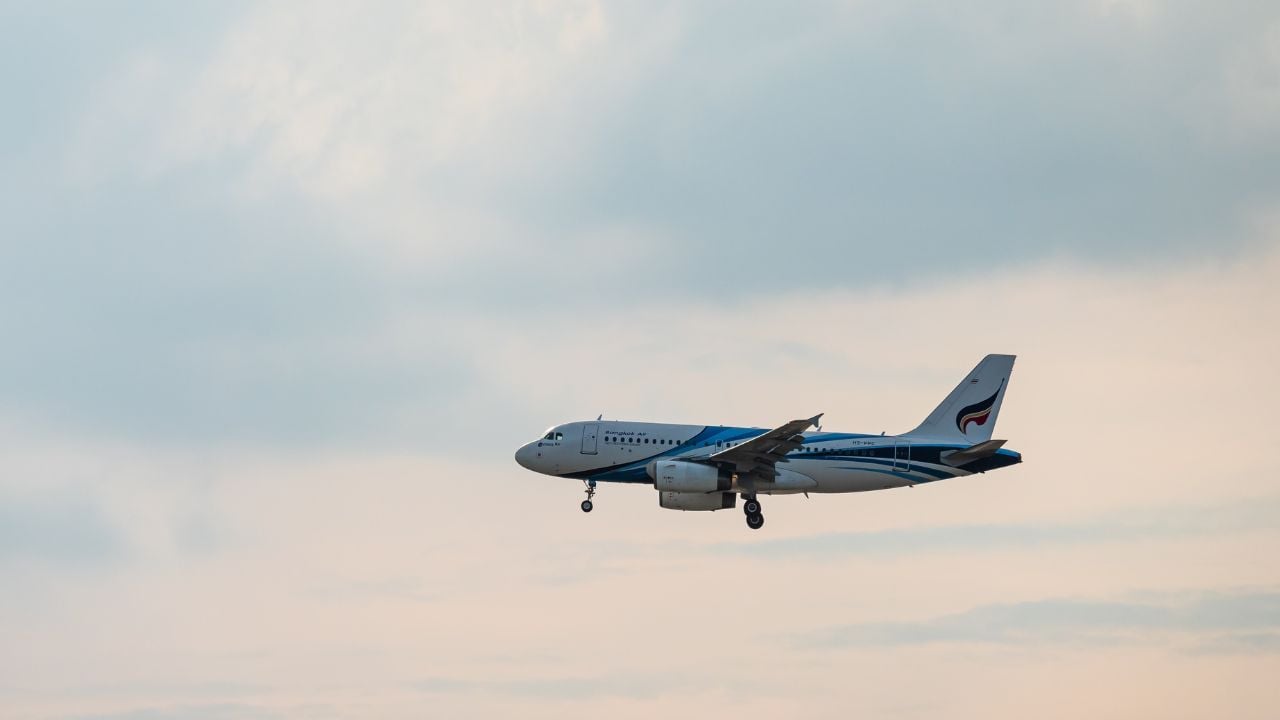
The Thaiger’s key takeaways:
- Thailand’s domestic network spans full-service and budget carriers, connecting major cities, islands, and regional hubs.
- Suvarnabhumi handles premium airlines, Don Mueang focuses on low-cost carriers, with a free shuttle linking both.
- Prices vary by season and route; book 1 to 3 months ahead (or longer for peak season) and compare carriers for savings.
- As of May 2025, travellers can claim up to 1,500 baht for domestic and 4,500 baht for international disruptions.
For many of us who are looking to travel regionally in Thailand, the country’s domestic flight network is known for being one of the most comprehensive and affordable in Southeast Asia. With over 39 airports connecting everything from city centres to remote islands, flying around the Kingdom has always been easier.
According to industry data, Thailand operates one of the densest domestic route networks in the region, with airlines providing over 200 daily domestic flights during peak season.
Oftentimes, domestic flights in Thailand are not just convenient, but they could also be a more economical option compared to ground transportation, with some routes costing less than a typical bus ticket (depending on the season, of course), saving travellers up to 12 hours of journey time.
Here’s what you need to know about flying domestically in Thailand.
| Jump to section | Short summary | Key details |
|---|---|---|
| Major airlines serving Thailand’s domestic routes | A mix of full-service and low-cost carriers covering ~200+ daily domestic flights in peak season. | |
| Bangkok’s dual airport system | Two-airport setup splits traffic and adds connection options. | |
| Popular domestic flight routes | Core corridors link Bangkok to provinces nationwide, plus growing region-to-region links. | |
| Thailand’s airport infrastructure categories | Thailand has 39 commercial airports for international and regional flights. | |
| When to book for the best prices | Prices swing by season; plan ahead to save on tickets. | |
| Passenger protection regulations | CAAT strengthened compensation for delays and cancellations. | |
| Seasonal flight schedules and frequency | Flight schedules vary depending on the season to match demand. | Thailand’s flight schedules follow the IATA summer (Mar–Oct) and winter (Oct–Mar) seasons, with summer boosting beach routes, and winter adding maximum frequencies to match peak international tourism. |
| Practical booking recommendations | Build buffers, compare carriers, and book direct. | |
Major airlines serving Thailand’s domestic routes
Full-service carriers
Thailand’s national flag carrier, Thai Airways International, operates from Suvarnabhumi International Airport and, according to online information as of August 19, maintains domestic coverage to nine major destinations, including Chiang Mai, Chiang Rai, Phuket, Hat Yai, Khon Kaen, and Ubon Ratchathani.
While positioned more so at the premium end of the market, Thai Airways is known for its signature “Smooth as Silk” service, providing Thai hospitality, attentive crew, quality in-flight dining, and strong safety standards, making it a trusted choice for many.
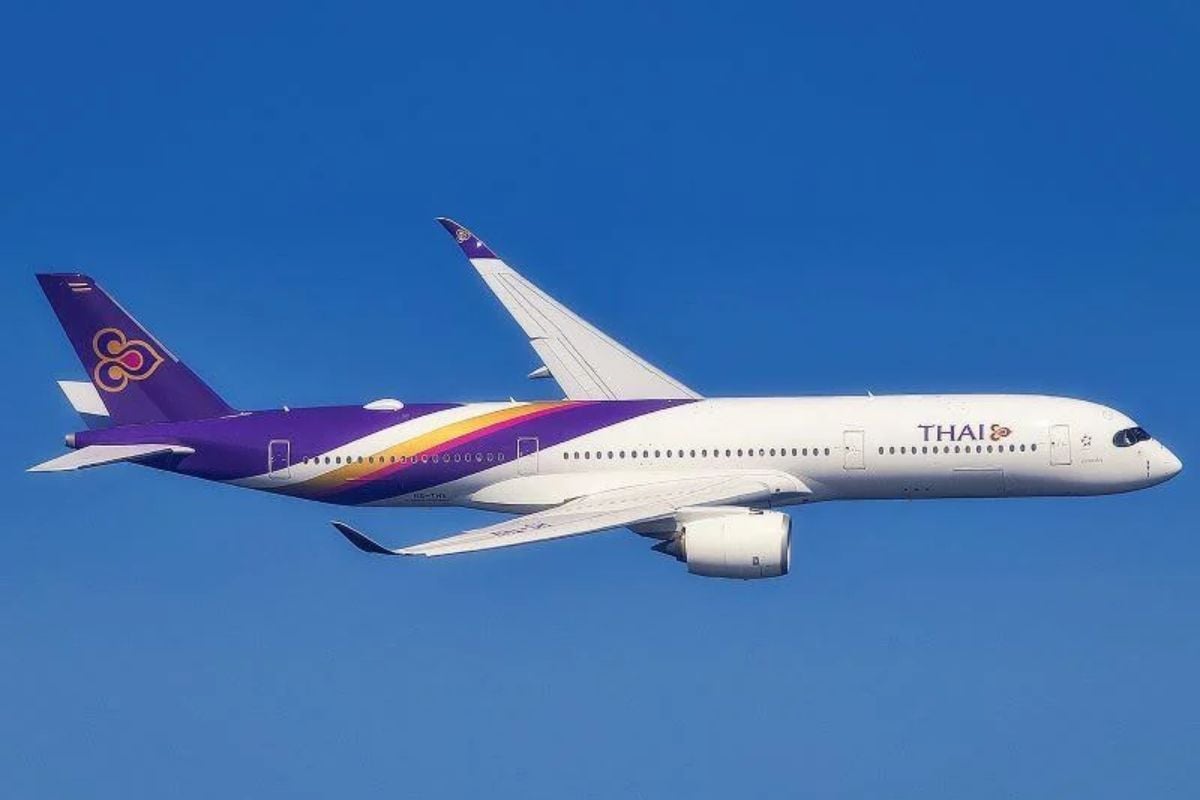
Operating as “Asia’s Boutique Airline,” Bangkok Airways maintains hubs at Suvarnabhumi, Phuket, and Chiang Mai. According to Domestic Flights Thailand, Bangkok Airways currently operates 12 domestic flight destinations. The airline also holds a unique position in the market through its ownership and operation of Samui Airport, offering direct flights to Koh Samui.
Bangkok Airways has always been a reliable option, offering complimentary in-flight meals even on short flights, access to cosy passenger lounges and a reputation for warm Thai hospitality that has earned it the title of World’s Best Regional Airline multiple times.
Also: New international flight routes to Thailand in 2025
Budget airline options
As Thailand’s largest low-cost carrier, AirAsia Thailand operates a network of 41 domestic routes from four strategic bases. The airline serves 22 routes from Don Mueang Airport, 11 routes from Suvarnabhumi, and maintains regional operations in Chiang Mai and Phuket with 8 routes each.
AirAsia hasn’t called the curtains on the expansion of its domestic footprint just yet, with the airline recently launching new routes this year from Suvarnabhumi to Buriram, Surat Thani, and Narathiwat (starting July 1), with additional routes to Chiang Rai (twice daily) and Nakhon Si Thammarat (once daily) kicking off from October 1.
It’s worth noting that while this expansion strengthens Thai AirAsia’s domestic presence, its international network, covering regional hubs such as Malaysia, Singapore, Vietnam, and China, remains a core part of its overall operations.
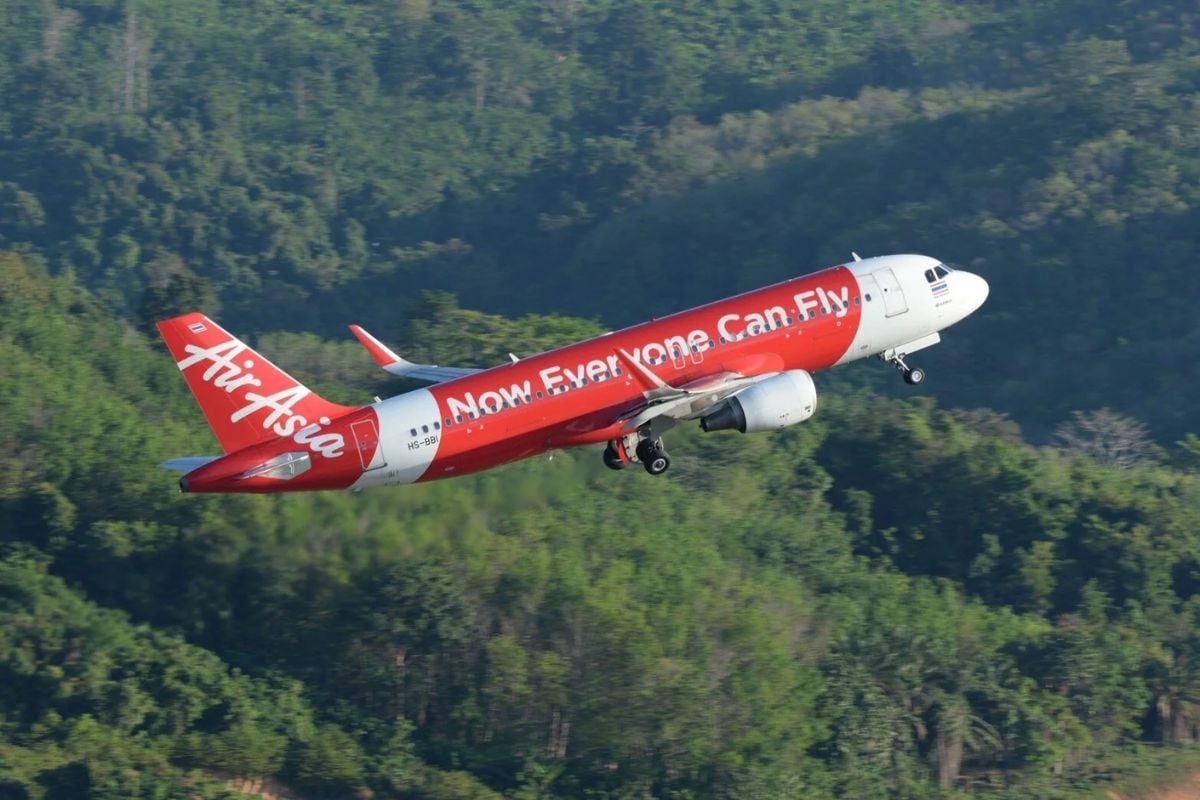
Nok Air, based at Don Mueang International Airport and with additional bases in Chiang Mai and Phuket, operates Thailand’s most extensive domestic route network, serving up to 24 destinations across the country.
The airline is particularly known for connecting travellers to more remote provinces. It also helps facilitate access to Gulf islands like Koh Samui and Koh Phangan through flight + ferry packages, with the ferry leg operated by third-party partners and bundled together at the time of booking.
Thai Lion Air, a low-cost subsidiary of Indonesia’s Lion Air, operates mainly from Don Mueang Airport, flies to 15 domestic destinations. Its network covers major tourism hubs such as Chiang Mai, Phuket, Krabi, and Hat Yai, alongside a range of regional cities in the north, northeast, and south. With its fleet of Boeing 737 aircraft, the airline offers consistent, reliable, and budget-friendly service across Thailand.
Thai Vietjet Air, a low-cost carrier based at Suvarnabhumi, one of the few LCCs to do so alongside Thai AirAsia since 2020, flies to around 10 domestic destinations, including popular routes to Chiang Mai, Phuket, Khon Kaen, Krabi, Hat Yai, and regional cities such as Chiang Rai, Surat Thani, Udon Thani, and Ubon Ratchathani.
Bangkok’s dual airport system
Thailand’s domestic flight network centres around Bangkok’s two airports, each serving distinct market segments and airline partnerships.
Suvarnabhumi Airport: Suvarnabhumi serves as the country’s premier international gateway and primary hub for full-service carriers like Thai Airways. It also functions as an operating base for airlines such as Bangkok Airways, Thai Vietjet Air, and Thai AirAsia.
Also: Suvarnabhumi crowned world’s No.1 airport for airline service
Above all, the airport offers excellent connectivity to central Bangkok via the Airport Rail Link, buses, taxis, and ride-hailing services.
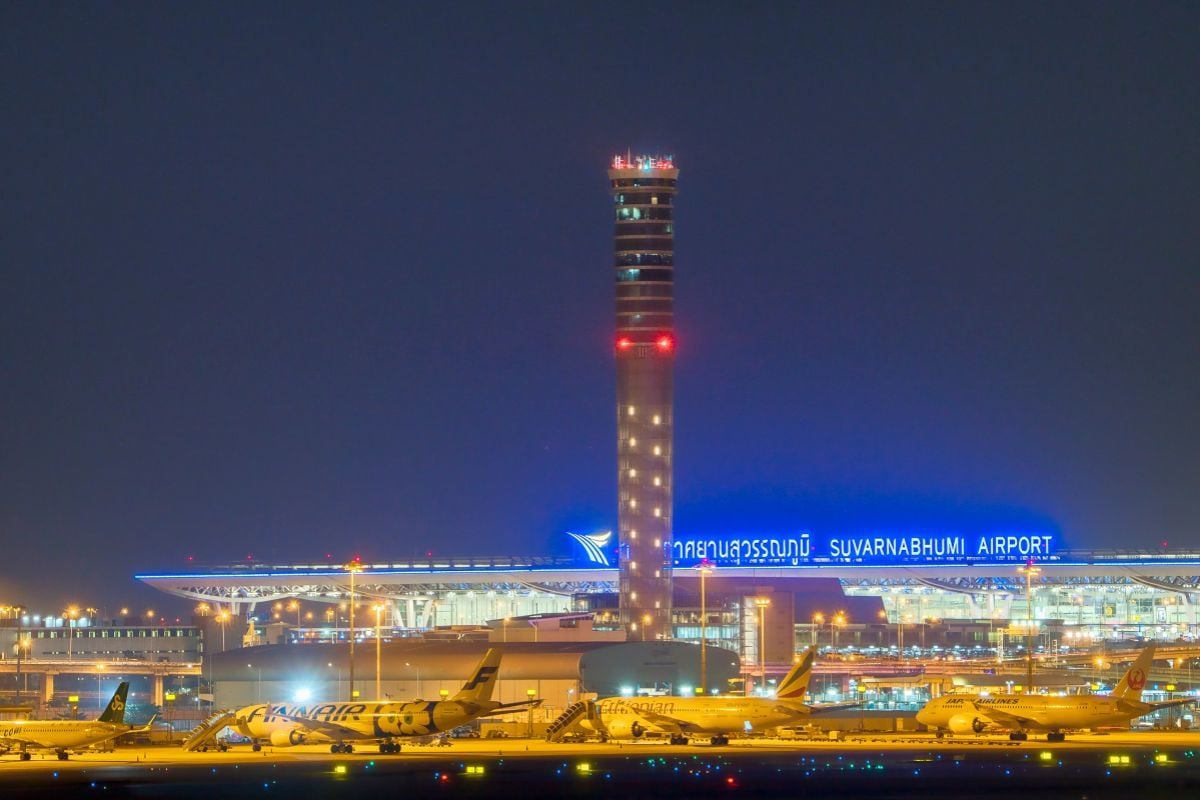
Don Mueang Airport: Don Mueang primarily accommodates low-cost carriers (AirAsia, Nok Air, Thai AirAsia X, and Thai Lion Air), making it Bangkok’s unofficial budget hub. While operationally efficient, with many travellers reporting smaller crowds, it lacks the commuter rail and upscale infrastructure available at Suvarnabhumi.
Both airports connect via complimentary shuttle bus service operating every 15 to 30 minutes with 45 to 75 minute travel time, available exclusively to passengers holding same-day flight tickets.
For passengers with same-day or next-day tickets, a free shuttle bus connects both airports. The service runs approximately every 12 to 30 minutes and typically takes 50 to 60 minutes, though traffic can double the transfer time.
Popular domestic flight routes
| Route | Distance | Flight Time | Price Range (baht) | Peak Season |
| Bangkok to Chiang Mai | 690km | 1 hour | 949-3,000+ | Dec-Jan, April |
| Bangkok to Phuket | 844km | 1.5 hours | 928-2,500+ | Dec-March |
| Bangkok to Koh Samui | 500km | 1 hour 15 min | 6,000-10,000+ | Dec-March |
| Bangkok to Krabi | 789km | 1 hour 15 min | 1,200-2,500 | Dec-March |
| Chiang Mai to Phuket | 1,200km | 2 hours | 1,500-3,500 | Dec-March |
Bangkok to Chiang Mai
Representing the busiest domestic corridor in Thailand, Bangkok–Chiang Mai, particularly via Don Mueang, is recording the greatest seat volume among domestic routes. Demand peaks in the cool season (December–January) and during Songkran (April), when prices tend to be significantly higher.
Bangkok to Phuket
As a premier beach destination, Phuket sees elevated fares during its high season (December–March). This popular route benefits from strong connectivity out of both Suvarnabhumi and Don Mueang airports.
Bangkok to Koh Samui
As Thailand’s priciest domestic route, Bangkok–Samui is serviced almost exclusively by Bangkok Airways due to its airport ownership. Travellers on tighter budgets often opt to fly into Surat Thani and continue via bus and ferry, a considerably more affordable (though slower) alternative.
Regional connections
Thailand’s growing domestic network now includes direct flights between major regions (For example, Chiang Mai to Phuket), reducing the need to connect via Bangkok and offering efficient travel routes for regional travellers while eliminating Bangkok from the equation.
Thailand’s airport infrastructure categories
Thailand has 39 commercial service airports, among which 10 are designated international airports, of which 6 are the major ones managed by AOT.
| Airport Category | Number | Examples | Primary Function |
| Major International | 6 | Suvarnabhumi, Don Mueang, Chiang Mai, Phuket, Hat Yai, Chiang Rai, U-Tapao | International gateways and main domestic hubs |
| Semi-International/Main Domestic | ~8 | Samui, Krabi, Udon Thani, Khon Kaen, Surat Thani | Regional centres with some international routes |
| Small Domestic | ~25 | Pai, Mae Hong Son, Sukhothai, Trat, Hua Hin | Provincial connectivity and niche tourism access |
Thailand’s major international airports handle the bulk of passenger traffic, led by Suvarnabhumi and Don Mueang with a combined throughput of well over 80 to 90 million passengers annually. Suvarnabhumi alone processed more than 62 million passengers in 2024.
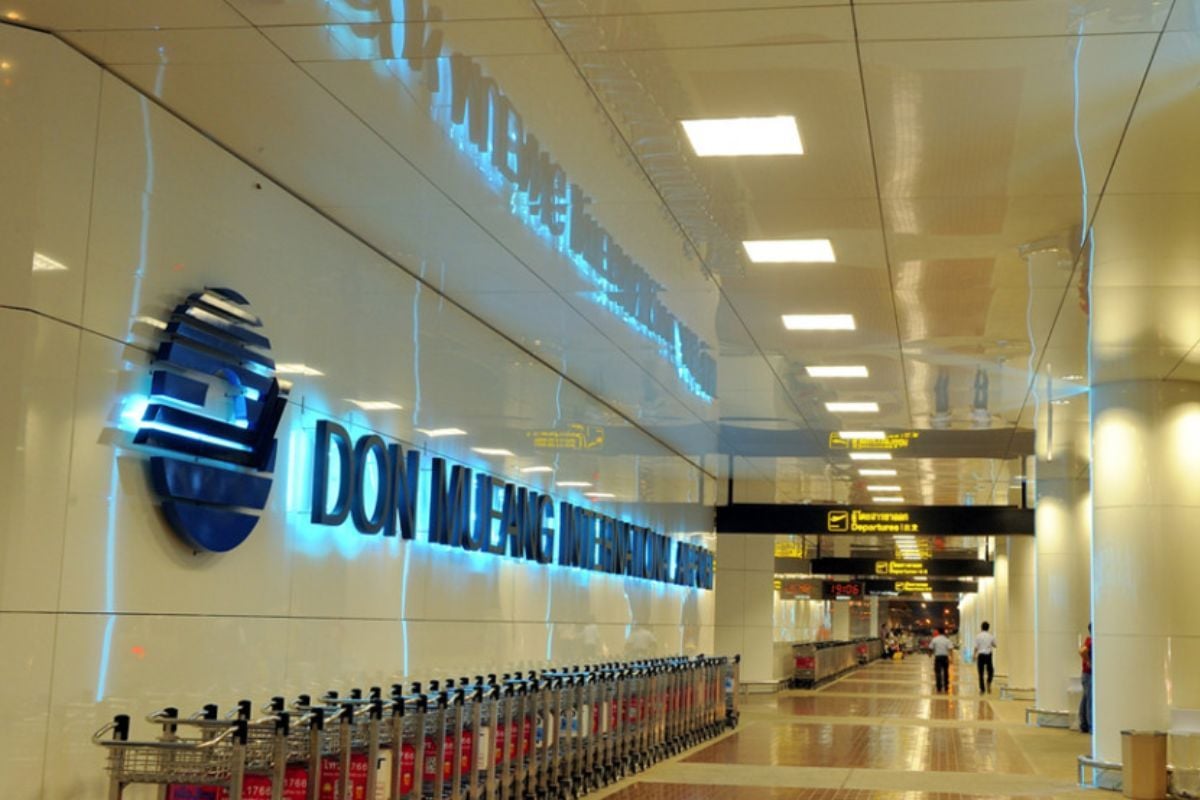
Meanwhile, regional/semi-international airports act as secondary hubs, supporting both domestic and limited overseas flights. Notable examples include Udon Thani serving Northeast Thailand and U-Tapao Airport, which connects the Eastern Economic Corridor
Finally, small domestic airports, largely managed by the Department of Airports (DOA), ensure connectivity to remote provinces and specialist destinations. Examples include Trat Airport as the gateway to Koh Chang, Pai Airport for northern backpacker routes, and Hua Hin Airport serving the royal beach resort area.
When to book for the best prices
Monsoon season (May to October): Domestic fares are usually at their lowest during the rainy season, when demand drops. Savings of around 25 to 50% are common compared to peak months, making this period ideal for budget-conscious travellers.
Peak tourist season (December to March): Fares rise sharply during this period, especially around Christmas, New Year, and Songkran, when surcharges apply across most routes. Prices can be significantly higher than in the low season.
Shoulder seasons (March to May, November): These months generally offer a balance between cost and conditions, with reasonable fares and generally favourable weather.
Advance booking recommendations:
- Domestic flights: 1 to 3 months ahead for best value
- High season: 2 to 4 months in advance is strongly advised
- Low season: 2 to 4 weeks can still work if you’re flexible
- Avoid booking 7 to 21 days before departure, when fares often spike
Money-saving strategies:
- Day of travel: Midweek flights (Tuesday, Wednesday) and Saturdays are often cheaper than Fridays or Sundays
- Booking day: Similarly, Sundays, Tuesdays, and Wednesdays tend to show slightly better fares than weekends
- Promotions: Airlines frequently run sales, with discounts of 30 to 50% during campaigns
Airport arrival and check-in requirements
It’s generally advised for travellers to arrive at the airport 90 to 120 minutes before departure to allow time for check-in and security. In larger airports like Suvarnabhumi, this range is often the sweet spot. But if you really want to be safe, 2 hours is a good level of comfort.
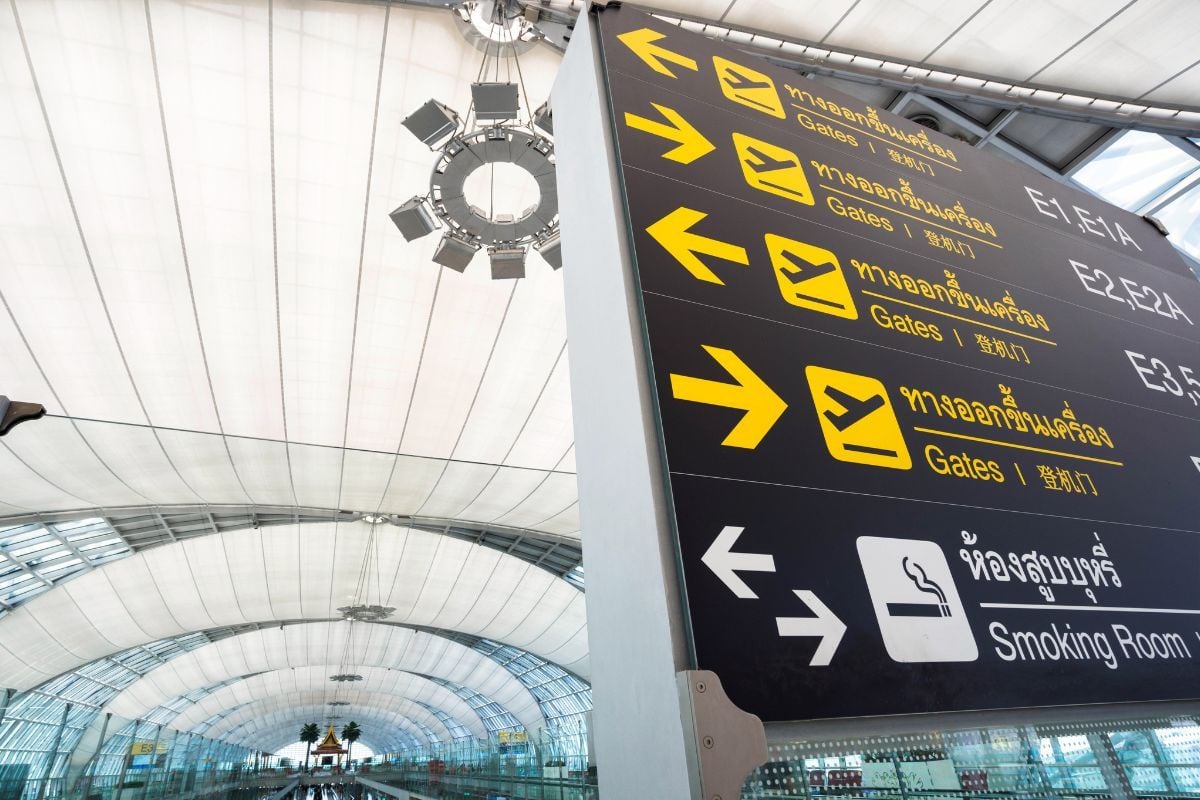
Check-in timeline:
- Check-in counters typically close 40 to 45 minutes before departure.
- Thai Airways domestic counters close 40 minutes prior.
- Thai Lion Air counters close 45 minutes before departure.
- Boarding gates often close 10 minutes before takeoff, although some carriers like AirAsia close gates 20 minutes prior.
Thai nationals can travel domestically using either their national ID card or passport, while foreign visitors are generally required to present a valid passport at check-in.
In practice, some airlines may also accept alternative documents such as a temporary passport, Thai driving licence, or other official photo ID, but carrying a passport remains the most reliable option for international travellers.
Baggage policies and restrictions
Carry-on allowance:
- Standard across most carriers: passengers may bring one cabin bag up to 7 kilogrammes (kg), within dimensions of around 115 cm linear (sum of length + width + height).
- In practice, enforcement varies as some flights strictly check carry-on weight, while others are more relaxed.
Checked baggage:
- Allowance depends on airline and fare class, often ranging from 15 to 30kg, included automatically; basic fares on budget carriers may exclude checked baggage.
Overweight and excess baggage charges:
- Thai Airways applies fixed rates per kilogramme depending on destination, for example, 70 baht per kg for flights such as Bangkok–Chiang Rai or Bangkok–Krabi.
- Bangkok Airways charges around 180 baht per kg per sector for overweight bags.
- Thai Lion Air offers prepaid baggage options with their Lion Baggage programme at set weights, e.g., +5kg for 200 baht, +10kg for 270 baht, or +30kg for 645 baht.
Do keep in mind that fees vary by airline and routes; the numbers above are general figures.
Passenger protection regulations
Thailand’s Civil Aviation Authority enacted Notification No. 101, effective May 20, 2025, introducing stronger passenger rights for both domestic and international flights.
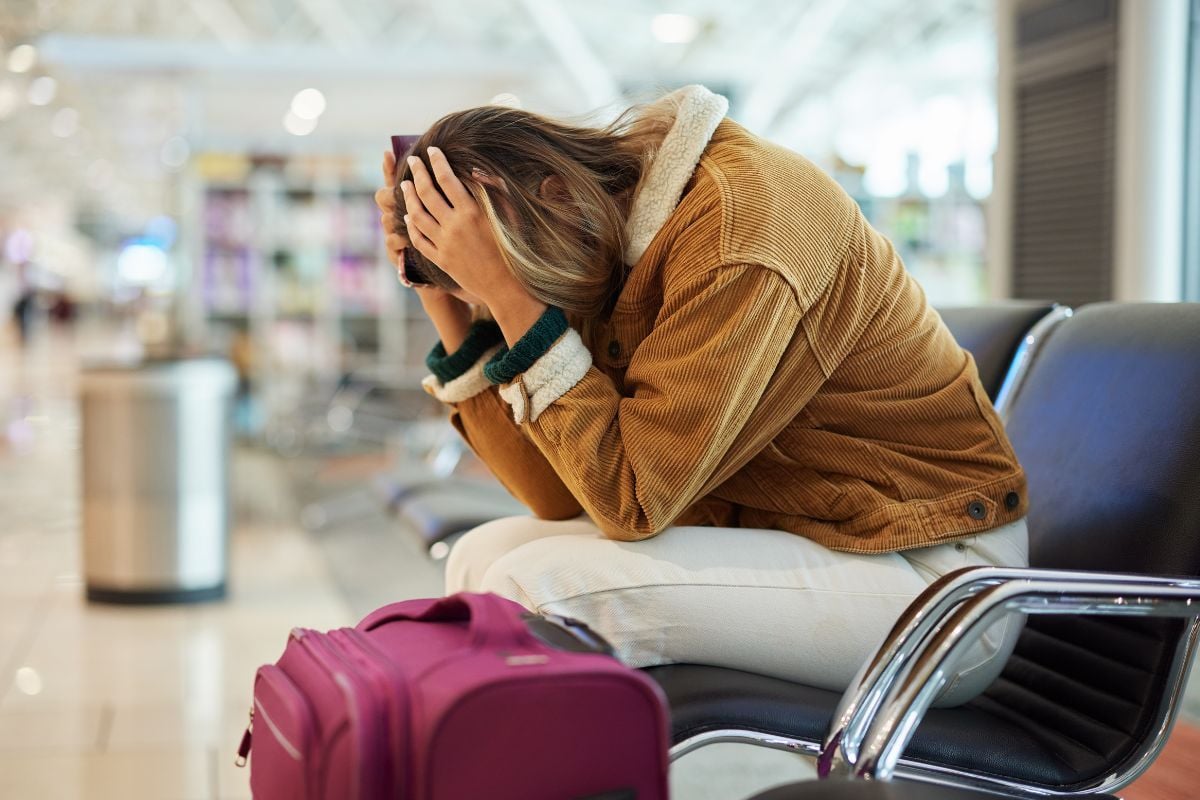
Domestic flight delays (exceeding 5 hours): Passengers are now entitled to 1,200 baht compensation (up from 600 baht) in cash or equivalent value, provided immediately upon delay.
Domestic flight cancellations: If your flight is cancelled, compensation has increased from 1,200 baht to 1,500, delivered immediately or via equivalent value. Airlines are also required to provide care and rebooking options, including full refunds or alternatives.
International flight protections:
- For delays exceeding 5 hours, passengers receive:
- 1,500 baht compensation, plus meals, communication, and accommodation.
- For delays over 10 hours, compensation increases based on flight distance:
- 2,000 baht (less than 1,500km),
- 3,500 baht (1,500 to 3,500km),
- 4,500 baht (more than 3,500km), and includes care and refund/rebooking options.
Also: Thailand enhances traveller compensation for flight delays
Seasonal flight schedules and frequency
Thailand’s aviation network follows the global IATA summer and winter scheduling framework. The summer schedule typically runs from late March to late October, while the winter schedule involves operations from late October through late March.
Airlines submit schedules 30 days before each seasonal period, with revisions handled at least 7 business days in advance.
For the summer schedule, the focus is on beach and leisure routes, with airlines ramping up frequencies to destinations like Phuket, Krabi, and Samui. Thai Airways, for example, expanded its summer schedule in 2025 to include daily flights between Bangkok and Siem Reap.

The winter season typically aligns with the international tourism peak, and airlines offer maximum route options with higher frequencies.
Practical booking recommendations
International travellers and airport transfers:
- Allow 4 to 5 hours for inter-airport transfers between Suvarnabhumi and Don Mueang to account for traffic and check-in timing. This widely shared traveller advice provides a safe buffer.
- Consider airport compatibility when planning connections. Flying into one airport and departing from another can require extra logistics and time.
- Book directly with airlines to benefit from greater flexibility in case of changes or disruptions, and typically better customer support.
Budget-conscious travellers:
- Compare all carriers, as prices vary significantly depending on route, season, and airline.
- Factor in additional baggage fees when using budget carriers, as these costs can quickly add up if not included in the base fare.
- Book 1 to 3 months in advance for a solid balance between good pricing and availability on domestic routes.
Peak season (e.g., December to February):
- Reserve flights 3 to 6 months ahead to secure a guaranteed spot and lock in better fares during high-demand periods.
- Use flexible dates, as shifting travel plans by just 1 to 2 days can result in 30 to 50% fare savings.
- Explore alternative airports that are well-connected via ground transport; sometimes these provide more convenient or affordable options.
Before you start your domestic travel within Thailand, don’t forget to complete your Thailand Digital Arrival Card (TDAC). This form is required for all incoming international flights to Thailand. Submitting it in advance (up to 72 hours before your flight) makes your arrival smoother, allowing you to travel around the country with ease once you land.
Altogether, Thailand’s domestic flight network does offer exceptional value and convenience for travellers exploring the country’s different regions. Competitive pricing (depending on season) is often matched with convenience, often resulting in flights being an attractive option for those looking to travel regionally.
Whether you’re choosing a full-service carrier for comfort or a budget airline for value, knowing the seasonal trends, booking windows, baggage rules, and passenger rights will help you travel with confidence.
Also: New international flight routes to Thailand in 2025
Latest Thailand News
Follow The Thaiger on Google News:


























